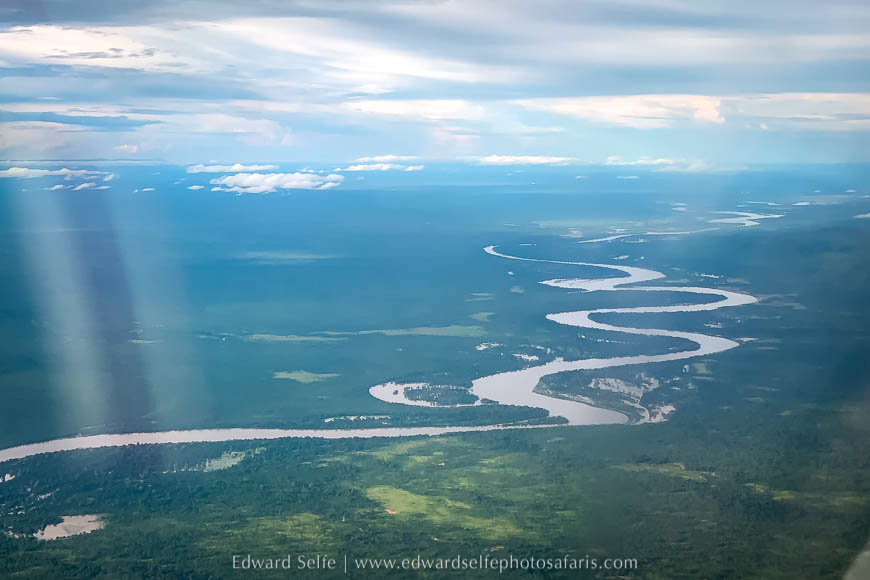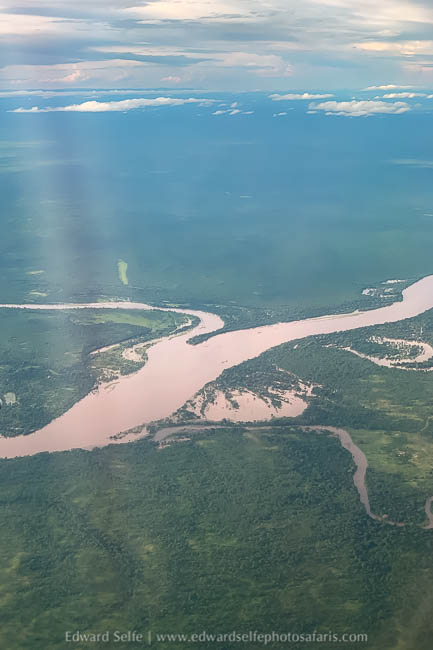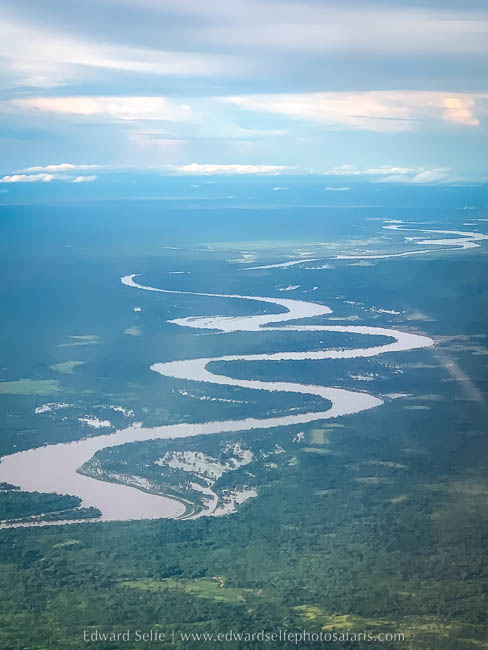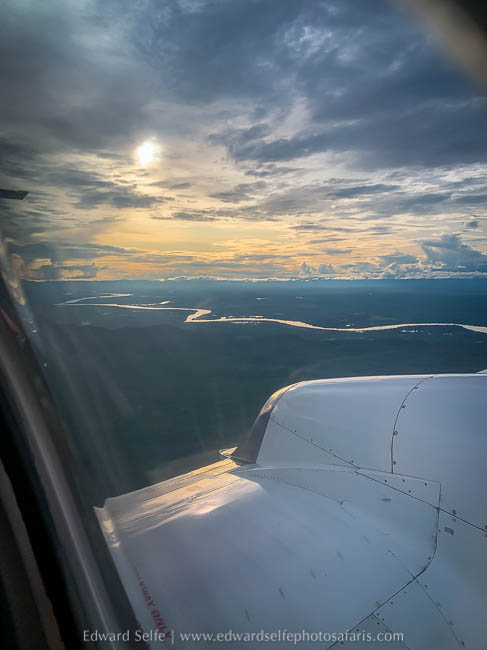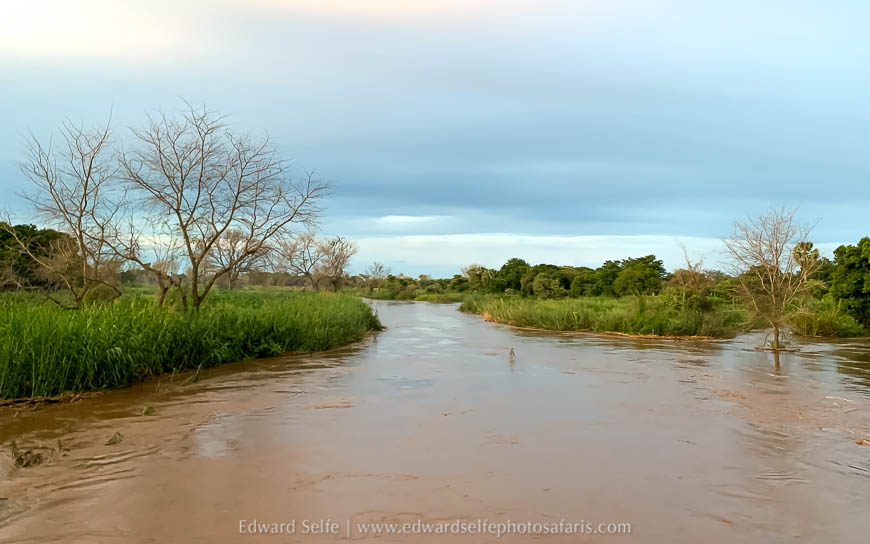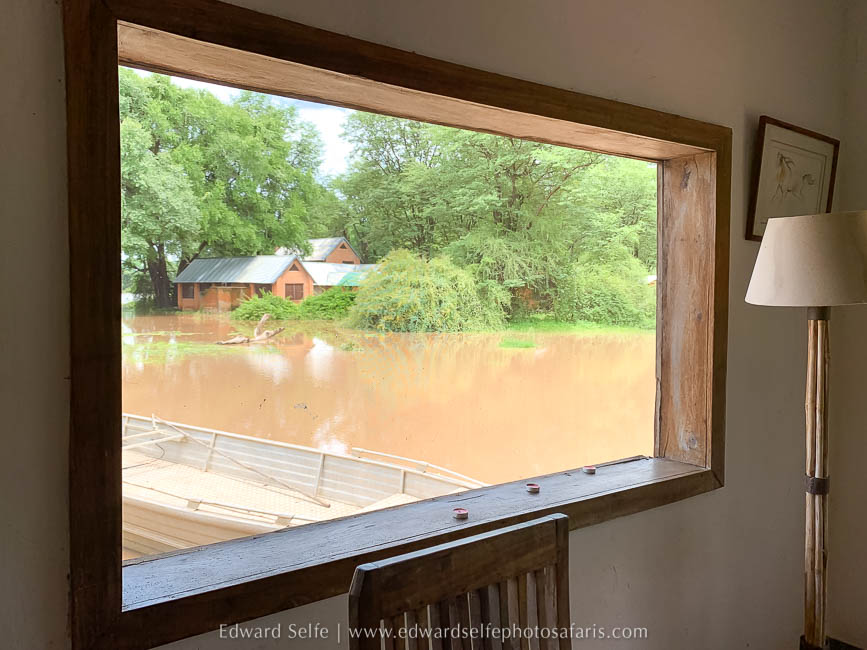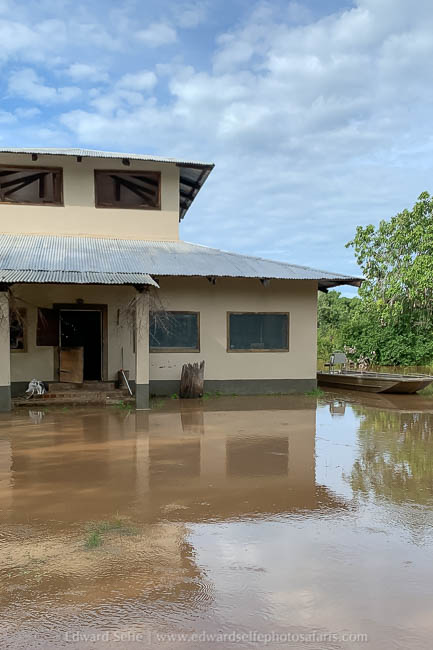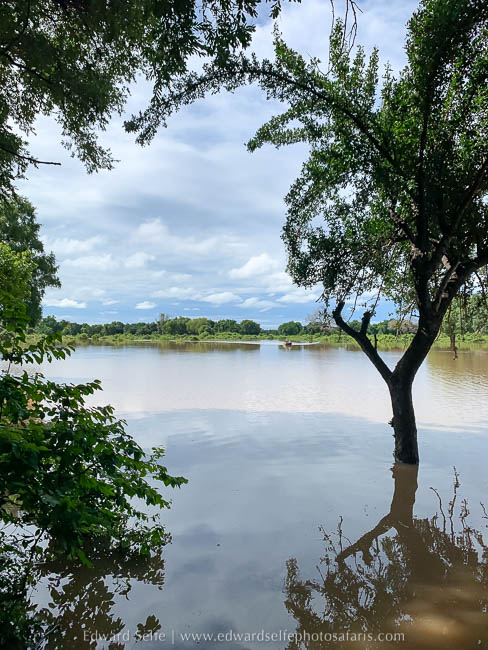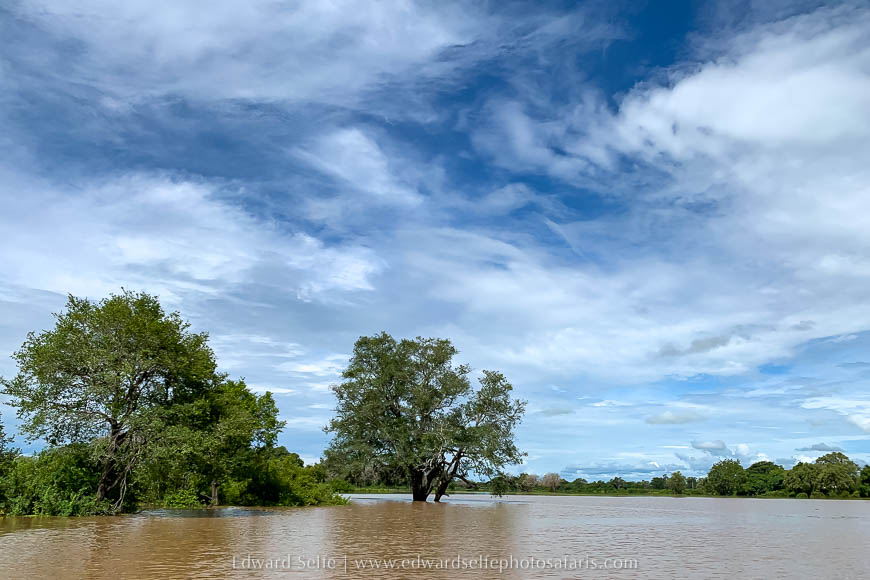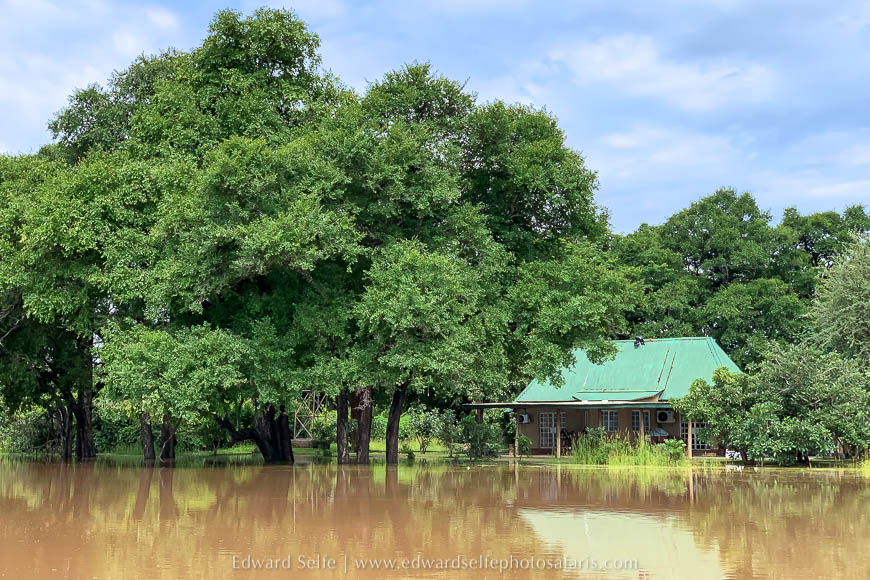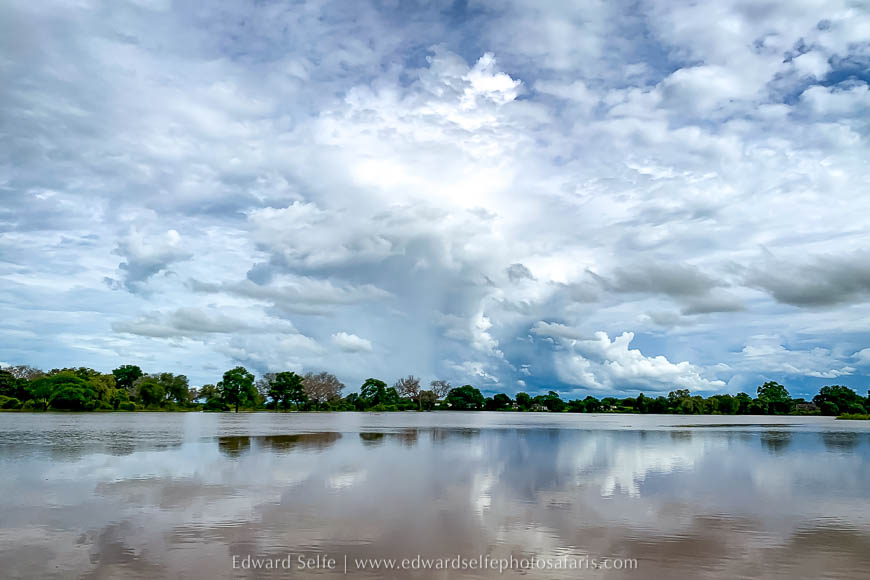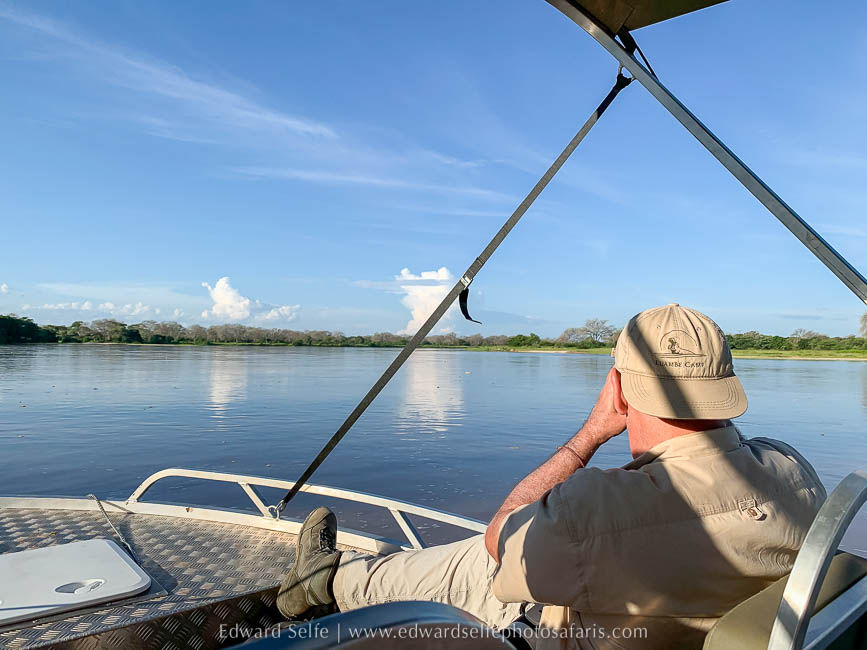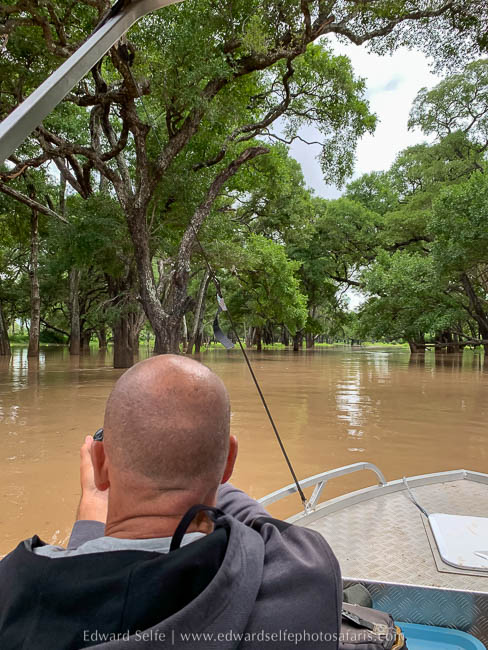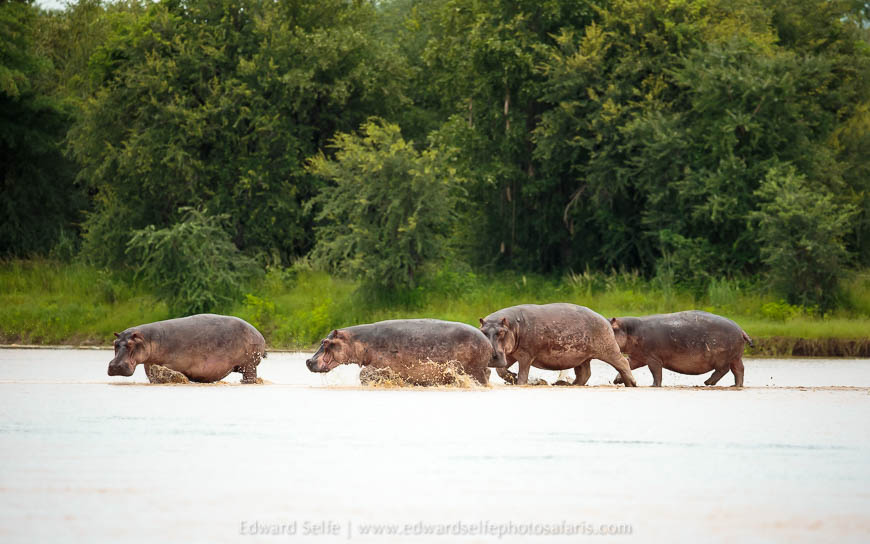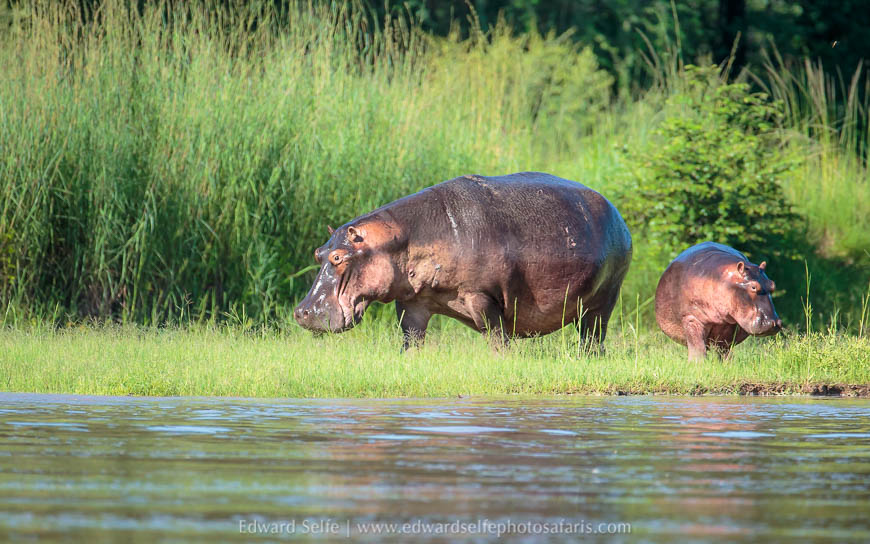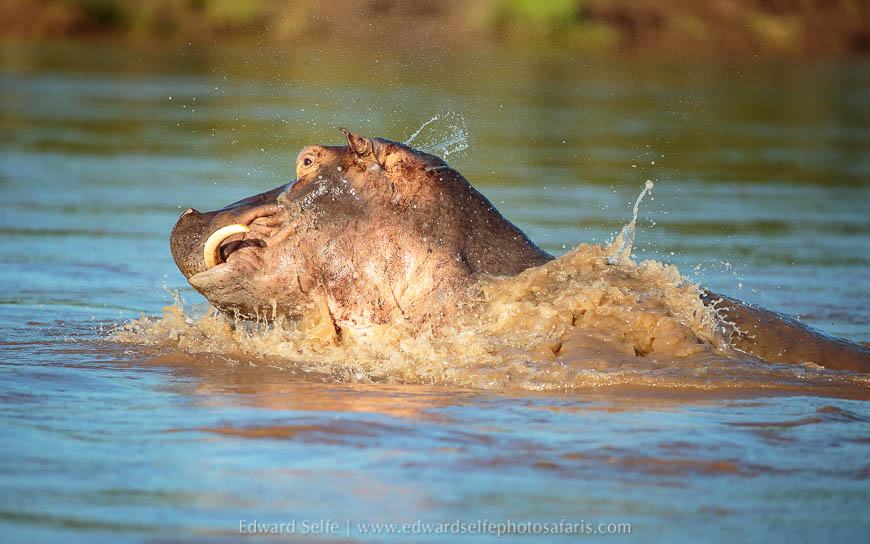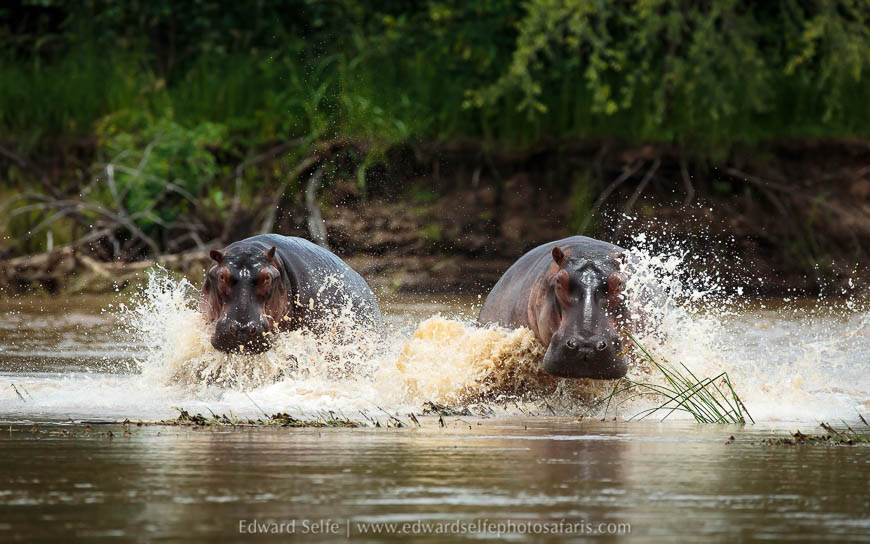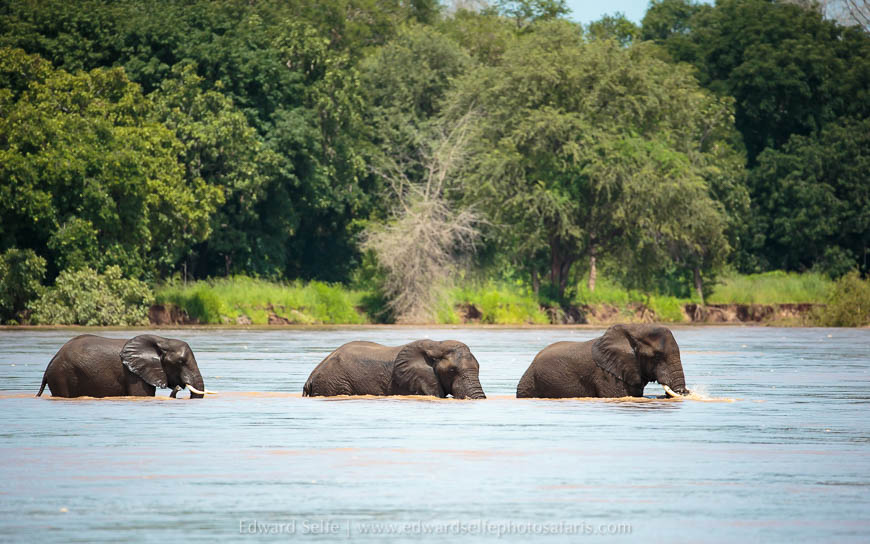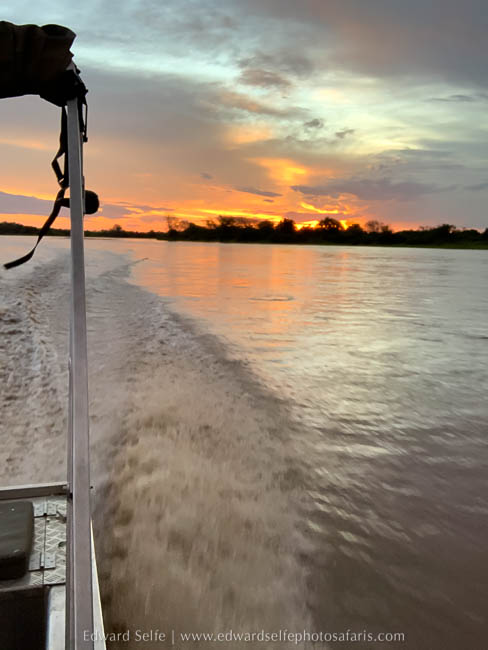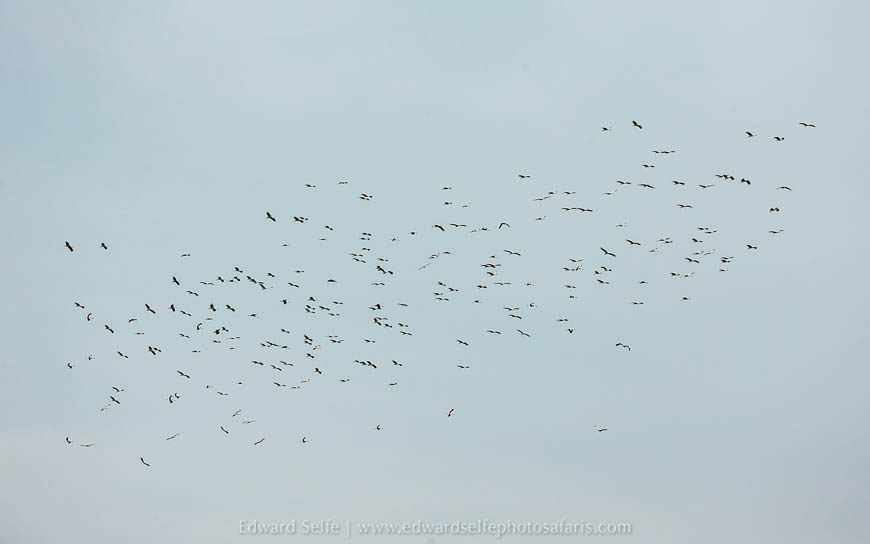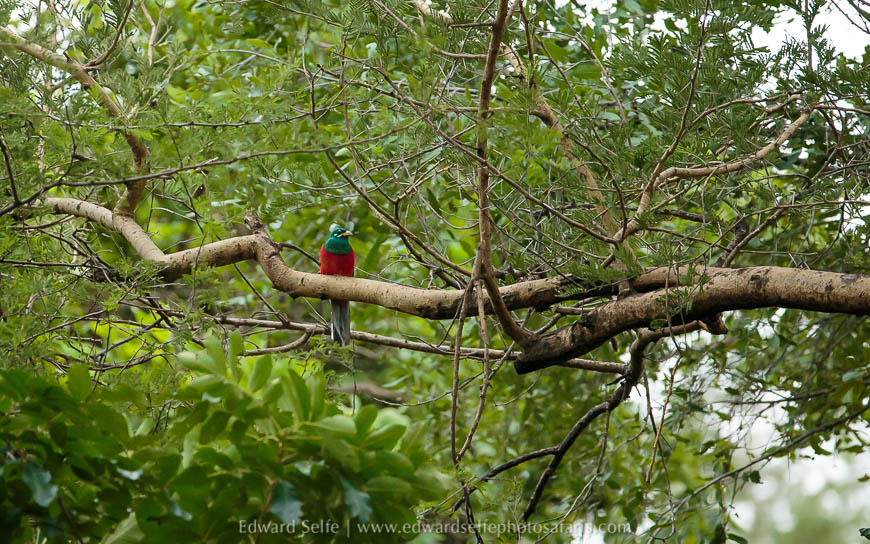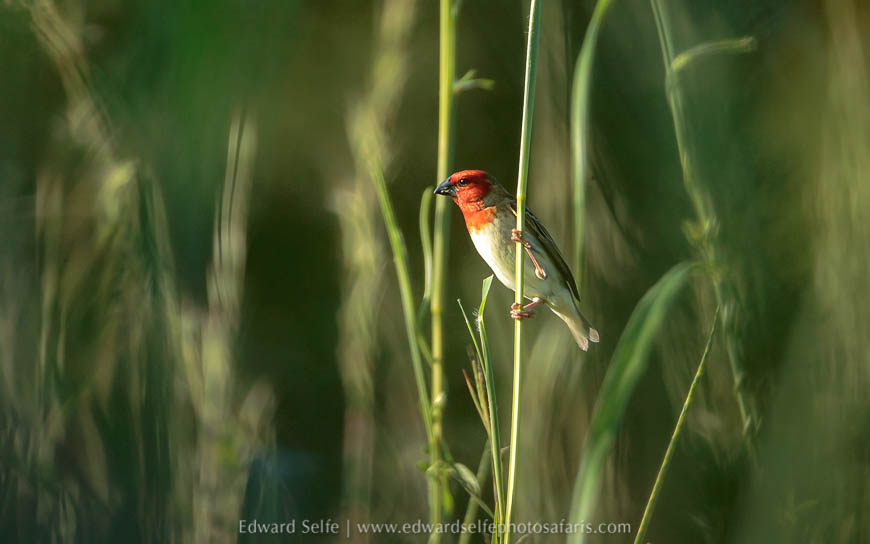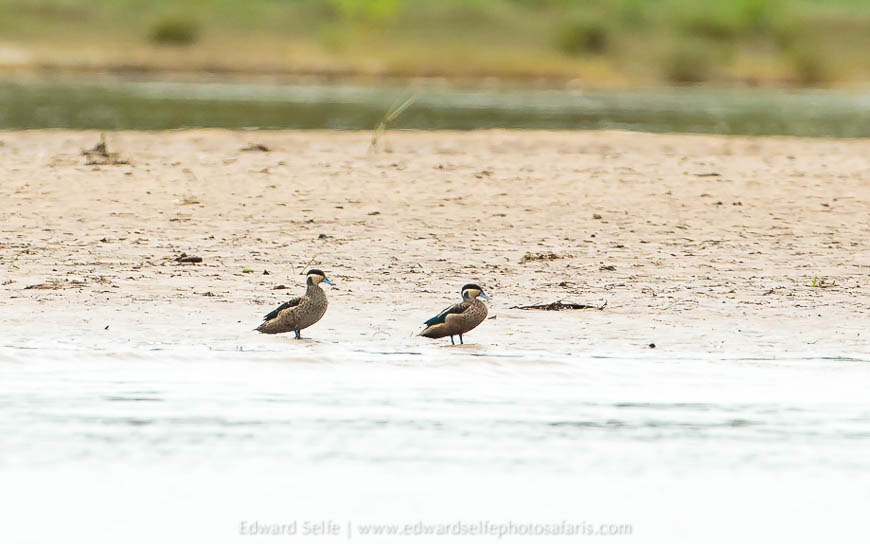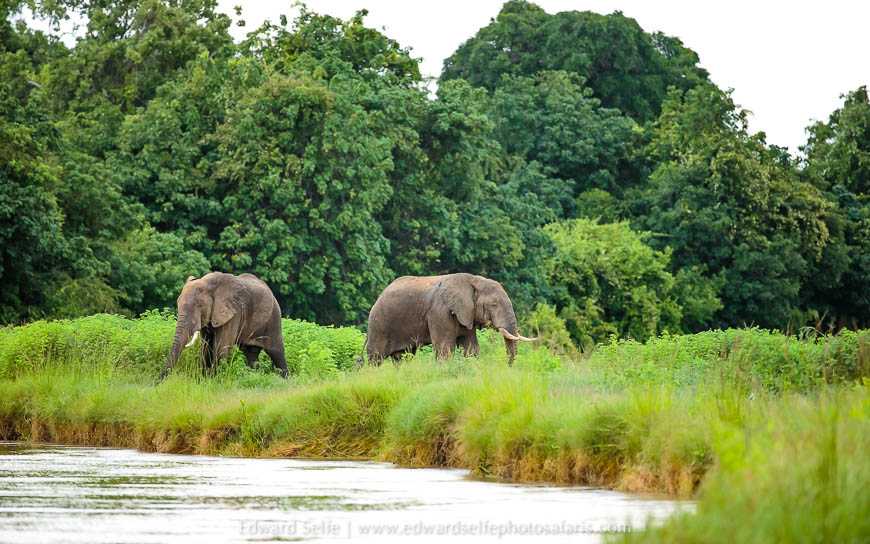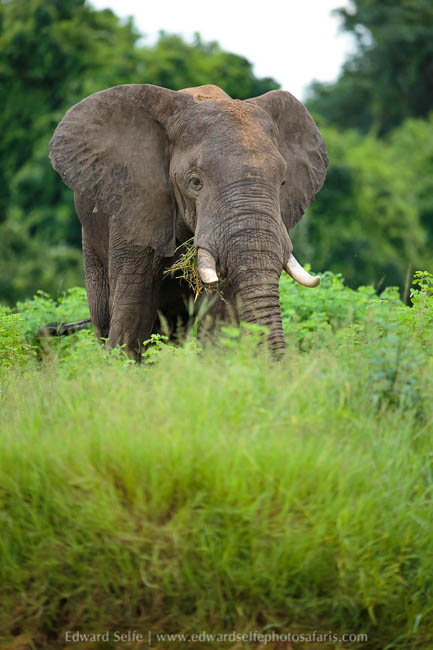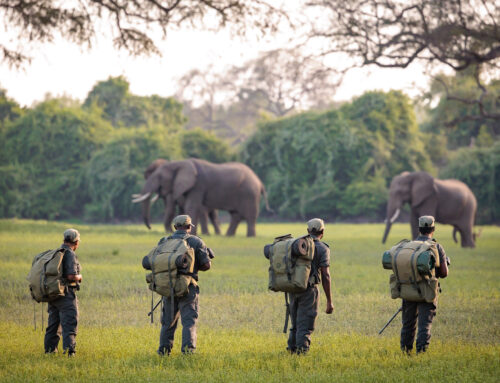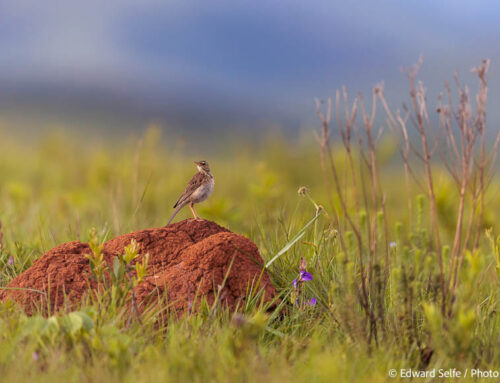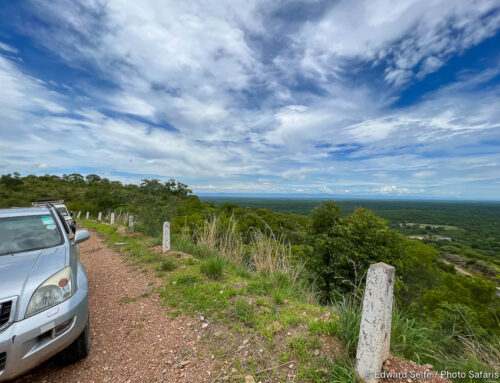I wish more people could visit the Luangwa Valley in February. There are many good reasons why you shouldn’t; including, but not limited to, the fierce storms that lash the landscape and thrash the trees; the hot weather and proliferation of insects; the intermittent road access governed by the water levels; and the ever-present chance that your accommodation will be flooded overnight.
But along with the unpredictability and the occasional discomfort comes a beautiful, impressive wildness that only Mother Nature can create. The rainfall and the long, sunny days generate an intense proliferation of life, starting with a stunning array of grasses & herbs and culminating in the mega-fauna which feed on them. In between, insects thrive, birds breed and reptiles emerge from hibernation to feed on the rich bounty.
Below are a few February images from the Luangwa Valley, with captions to provide more info. Thanks for reading and I hope you enjoy being transported into one of the world’s richest tropical areas.

Flying in from Lusaka, the clear air gives views for hundreds of kilometres. Here, the Luangwa River snakes through multiple meanders, with full oxbow lagoons visible on the corners.
A wide section caused by the confluence of the Kapamba and Lusangazi Rivers with the Luangwa.

Looking back over the wing towards Lusaka in the west.
On the way home we crossed several flooded tributaries of the Luangwa. This is the Lupande; still within its channel at this point, but breaking the banks in many other areas. The heat silt-load, from excessive top-soil run off, is visible.
For the 3rd year in a row, we can’t access our house (though it is not yet flooded) so we are lodging with friends who have kindly taken us in. Their house is more accessible than ours, but it’s still surrounded by water!
Looking back towards the house!
Early on our first morning, I took a boat ride to our house to check on water levels and prepare to pack it up in case of flooding….
…via a beautiful journey…
…to the house, perched on the edge of the water!
It’s a watery paradise with hot, sunny days and scenic skies.
While the water levels are up, we take advantage of being able to explore the park by boat, cruising up the main river and creeping slowly along the flooded channels.
When the water is very high, it’s often possible to access the ebony groves, areas which are beautiful at all times of the year. Along the way, there is always lots to see:
Hippos feed along the grassy banks all day, returning only when the heat is too intense or they are disturbed.
When the river is flowing so fast, and the levels so deep, female hippos sometimes prefer to keep their calves on the bank, hiding them in the grass rather than risking the water.
Occasionally hippos get disorientated by the boat and pop up nearby, giving themselves a shock!
Appearing to charge the boat, these two, and others that behave in the same way, are more likely to be running towards deep water where they feel safe. Since we usually boat in the deep channels, they often run towards us!
Elephant herds play in the lagoons and may cross the main river too, but it’s usually only the bulls who risk crossing the river when it’s as full as this.
The feeling of boating back to camp, as the sun sets and the air begins to cool, is always a treat.
For density and diversity of species, you can’t beat the rainy season for birding opportunities. Here, a flock of several hundred white storks searches for suitable feeding grounds.
On many people’s wish list, the resident but elusive Narina Trogon is most visible in the rains when it’s calling at dawn and dusk.
Cardinal Quelea are found in long grassland throughout the valley system.
Rainy season brings in more waterfowl such as pygmy geese, and these blue-billed teal.
And it’s a wonderful way to watch elephants. Drifting towards them with the engine off avoids disturbing them and they can often be approached very closely.
So much lush grass allows them to rebuild their condition after many months of surviving on dry grass, pods and poor forage.Thanks for following my blog. Check back for more updates, especially when the water levels drop a little bit and I can get access to my vehicle and the roads are open!
There’s always more on my Instagram and Facebook pages.
